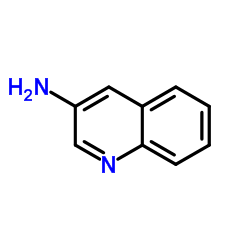| 结构式 | 名称/CAS号 | 全部文献 |
|---|---|---|
 |
2-氨基吖啶酮
CAS:27918-14-5 |
|
 |
3-氨基喹啉
CAS:580-17-6 |
| 结构式 | 名称/CAS号 | 全部文献 |
|---|---|---|
 |
2-氨基吖啶酮
CAS:27918-14-5 |
|
 |
3-氨基喹啉
CAS:580-17-6 |